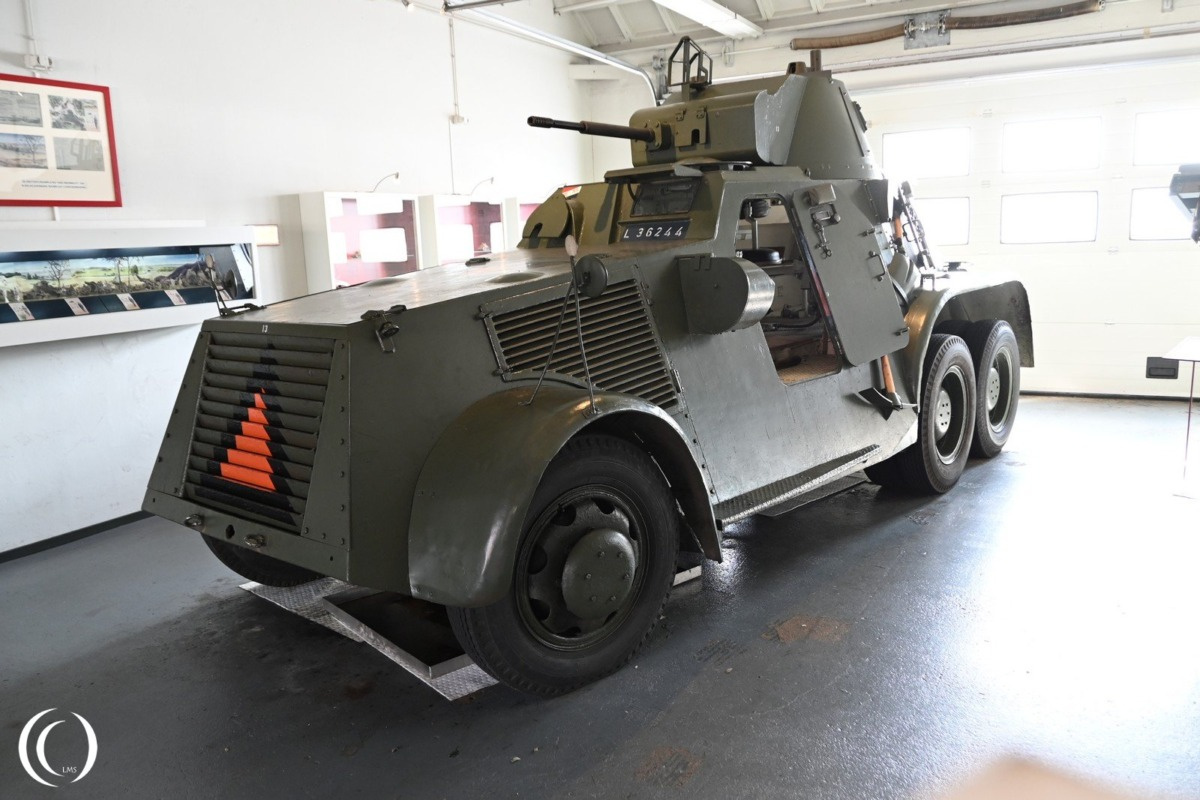
From the Landsverk L-180 to the M38
AB Landsverk in Sweden was originally a manufacturer of railroad cars, harbour cranes and agricultural machinery, but produced tank and armored vehicles during war time. One of these armored vehicles was Landsverk L-180, this vehicle was sold to several European countries.
The Netherlands was the first to order the Landsverk L-180, 14 armored vehicles were delivered with 12 turrets. Two of these L-180 vehicles were converted into command vehicles. The second order was for 14 Landsverk L-181 armored cars. Both types, the L-180 and the L-181 had the same armament, three 7.92 mm Lewis machine guns (one aimed at the rear) and one 37 mm Bofors gun.
Two command vehicles were ordered and the Dutch constructed a special crane for the M38 chassis creating a M38 recovery vehicle.
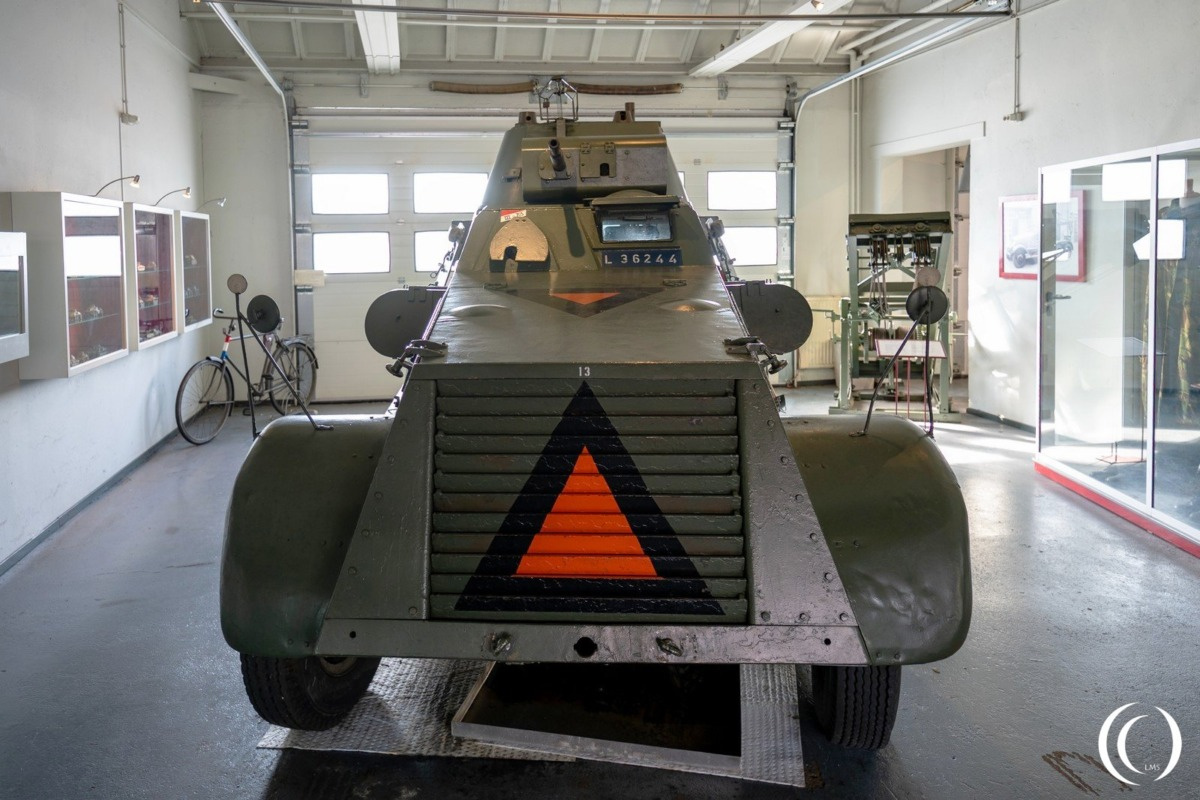

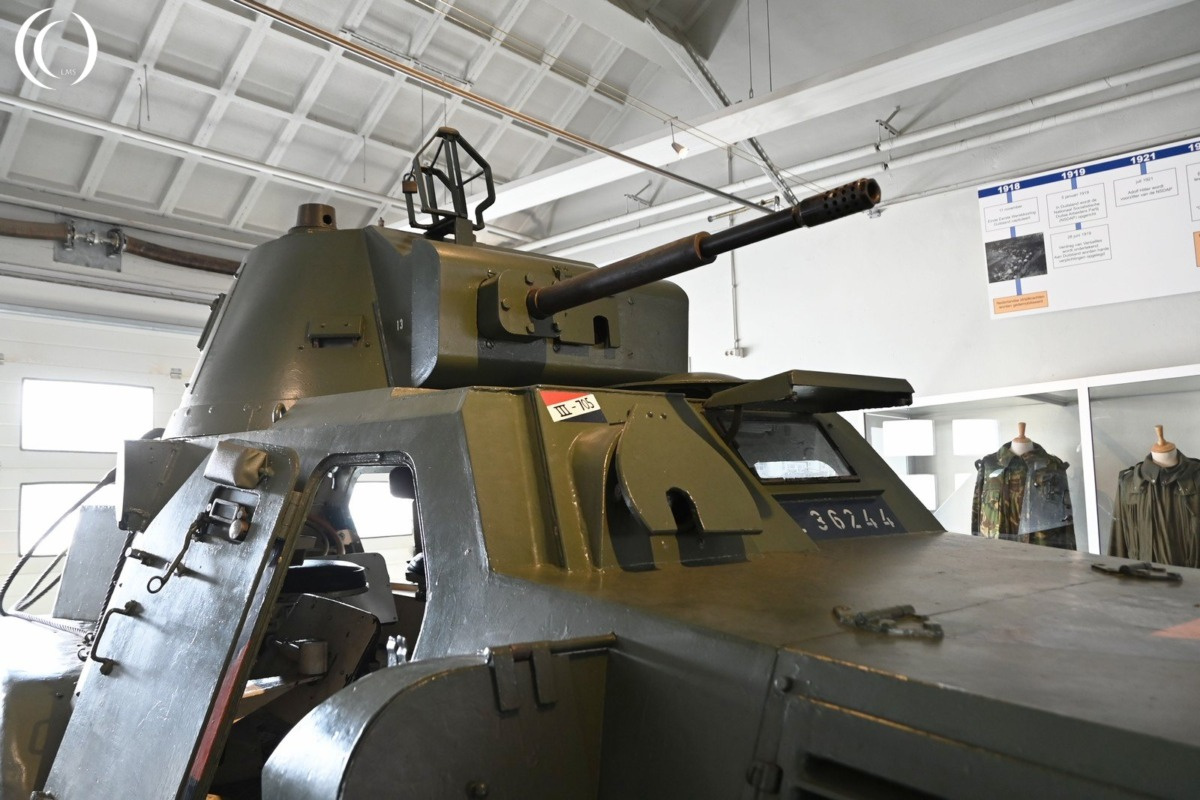
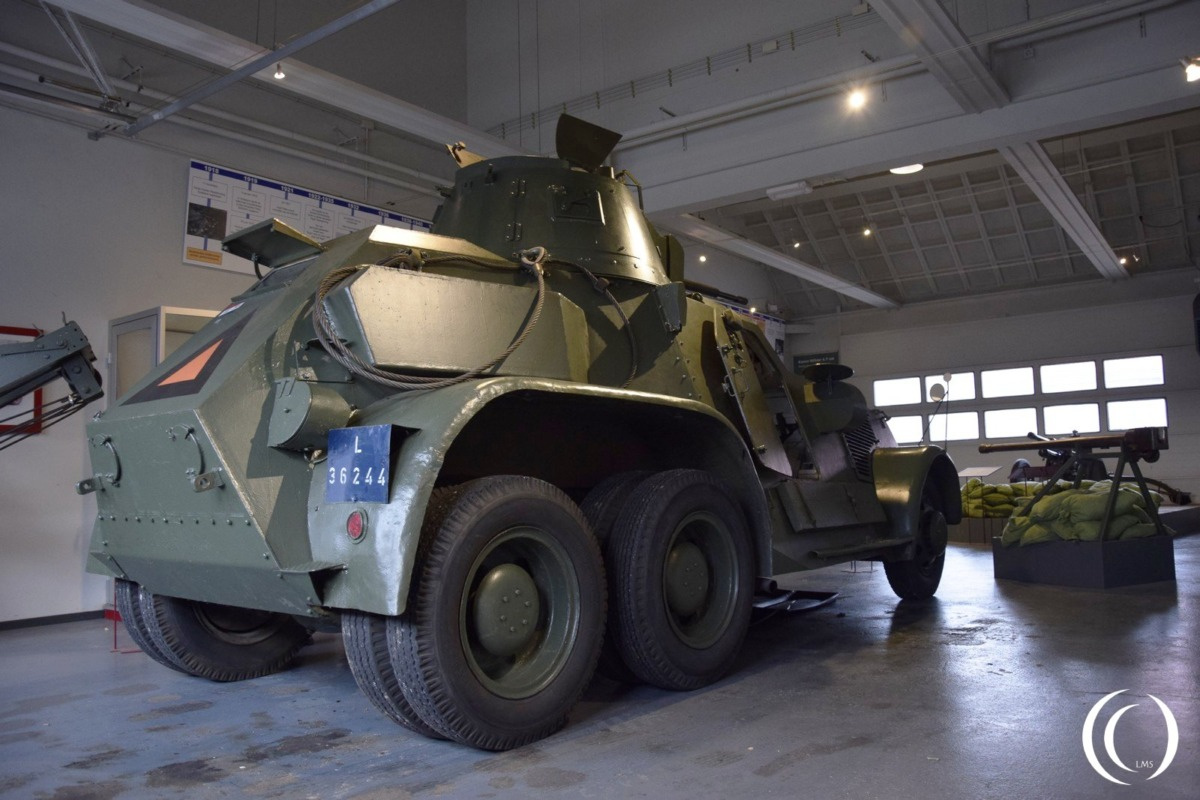
The L-180 was powered by a Büssing-NAG V8 developing 160 hp and was twenty by 20 cm wider than the L-181. The L-181 was powered by a Daimler-Benz M09 6-cylinder in-line petrol engine developing 80 hp.
The landsverk participated in the defence of airfield Ypenburg in the Den Hague vicinity in the Netherlands. After the surrender of the Dutch the Landsverk vehicles were used by German Police units against the Netherlands and a few of the armored vehicles were used on the eastern front.
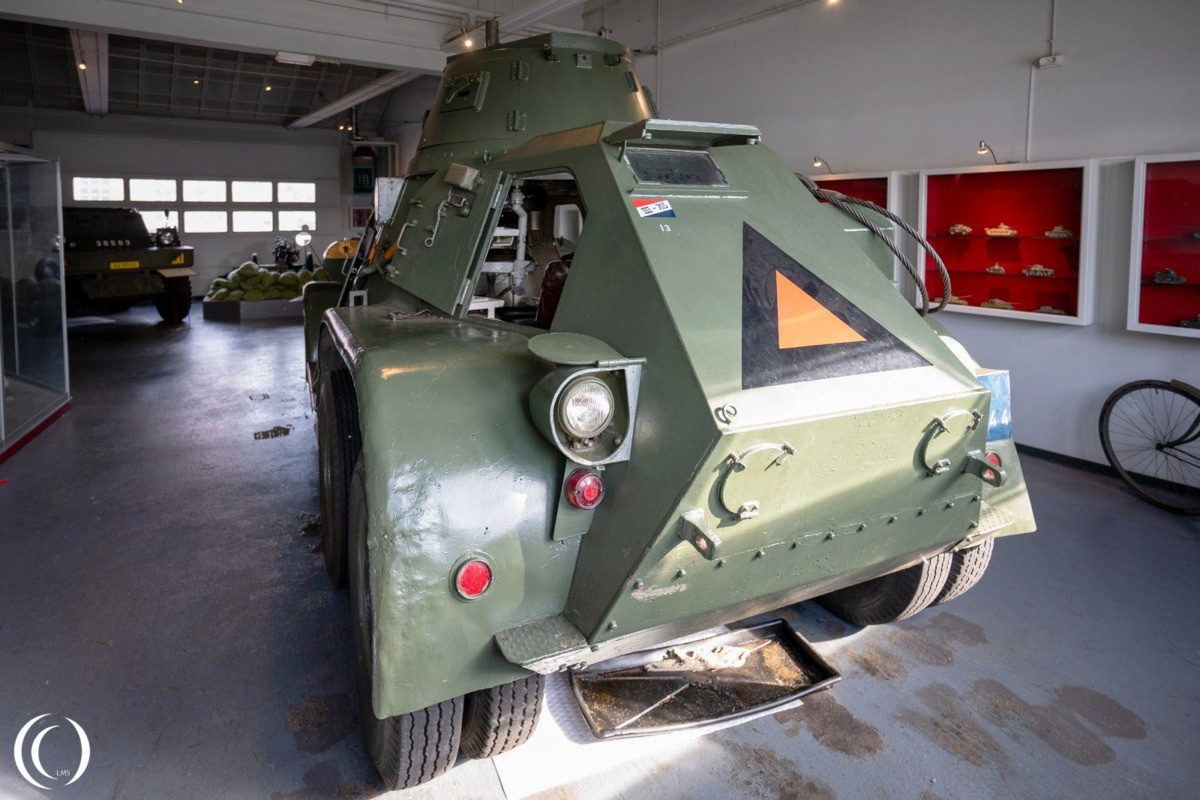
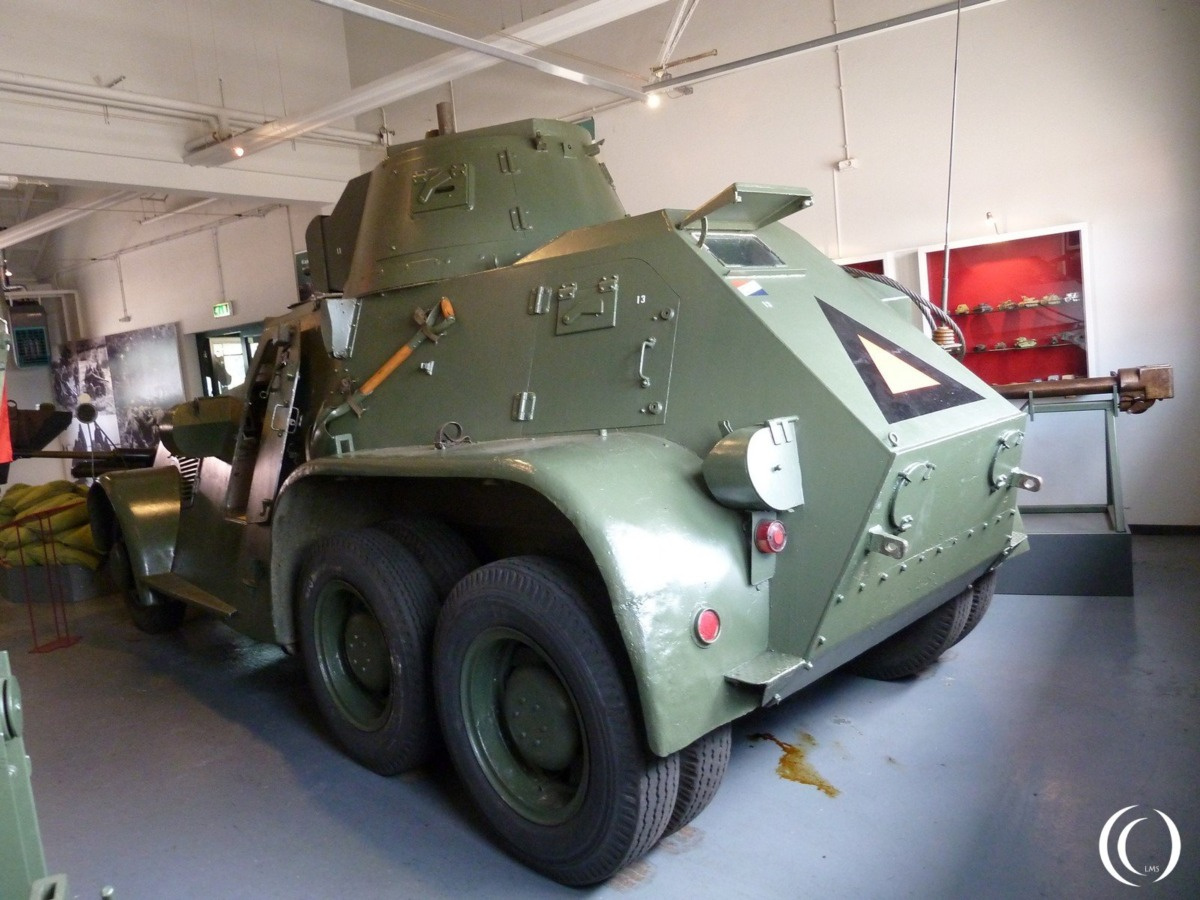

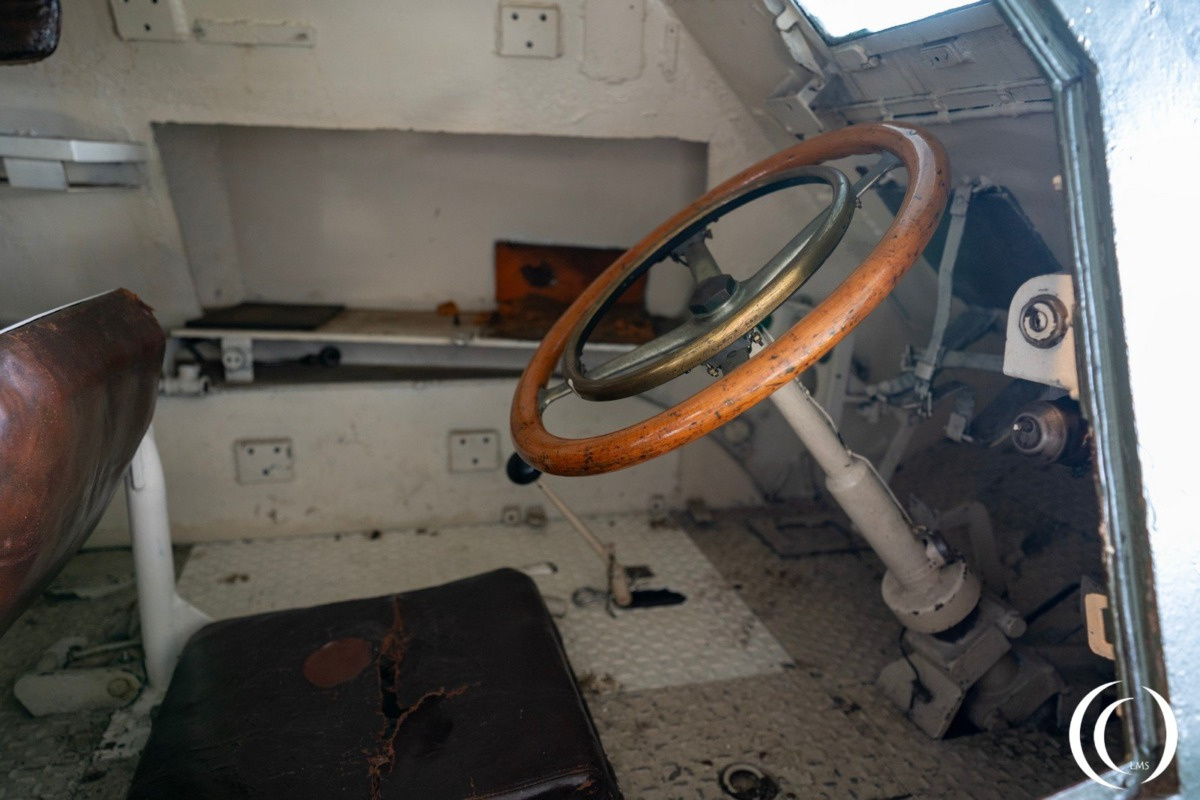
The Landsverk L-180 in the photos was bought in Ireland long after the Second World War and restored in the Netherlands. The Irish bought eight L-180s, these were equipped for Ireland with a 20 mm Madsen autocannon anti-aircraft gun and two Madsen .303 (7.7 m) machine guns. The anti-aircraft gun was replaced in 1974 by a 20 mm Hispano Suiza gun. They remained in use until the mid-eighties. Then the L-180s were forgotten until the Netherlands bought one to add to their collection. The Dutch army renamed them to M36 (L-181) and M38 (L-180), sometimes written as M.36 and M.38.
The landsverk participated in the defence of airfield Ypenburg in the Den Hague vicinity (Netherlands) during Fall Gelb, the invasion of the Netherlands. After the surrender of the Dutch the Landsverk vehicles were used by German police units against the Netherlands, other occupied territories and a few of the armored vehicles were used on the eastern front. After the Germans captured the Landsverk L-180 and L-181 they redesignated them to L202(h).

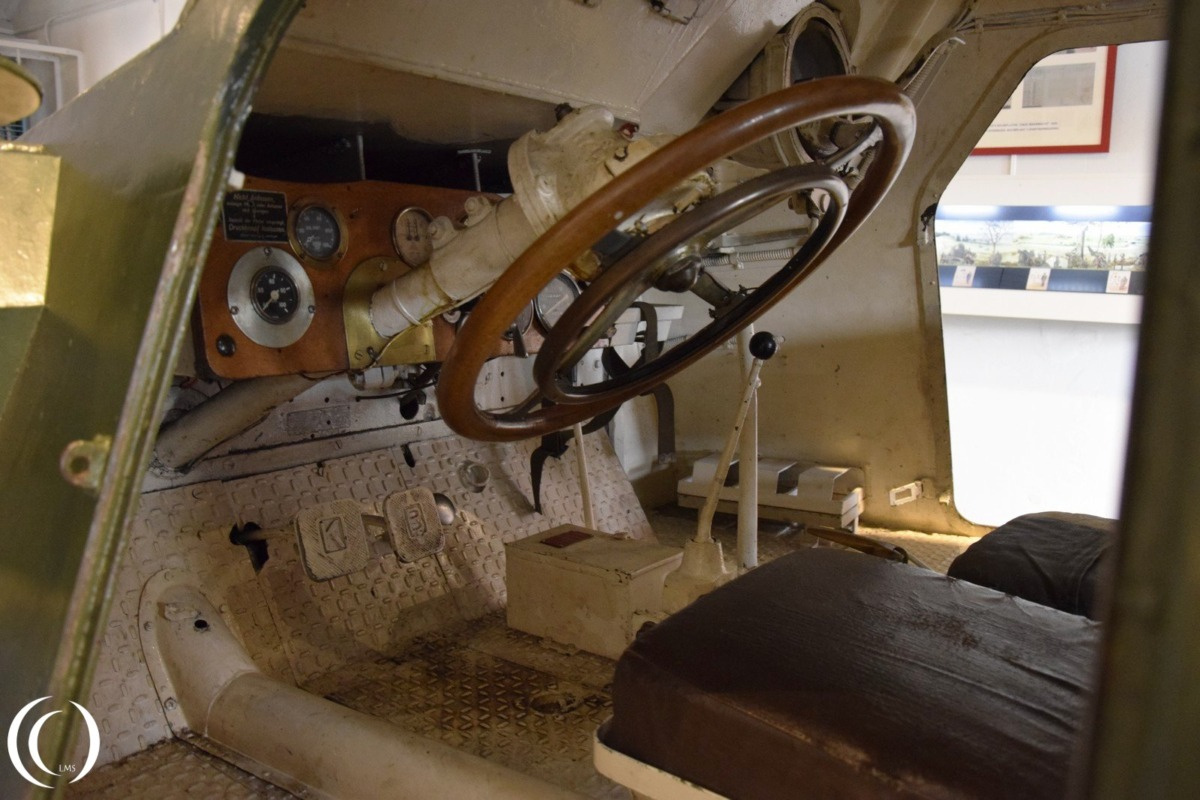
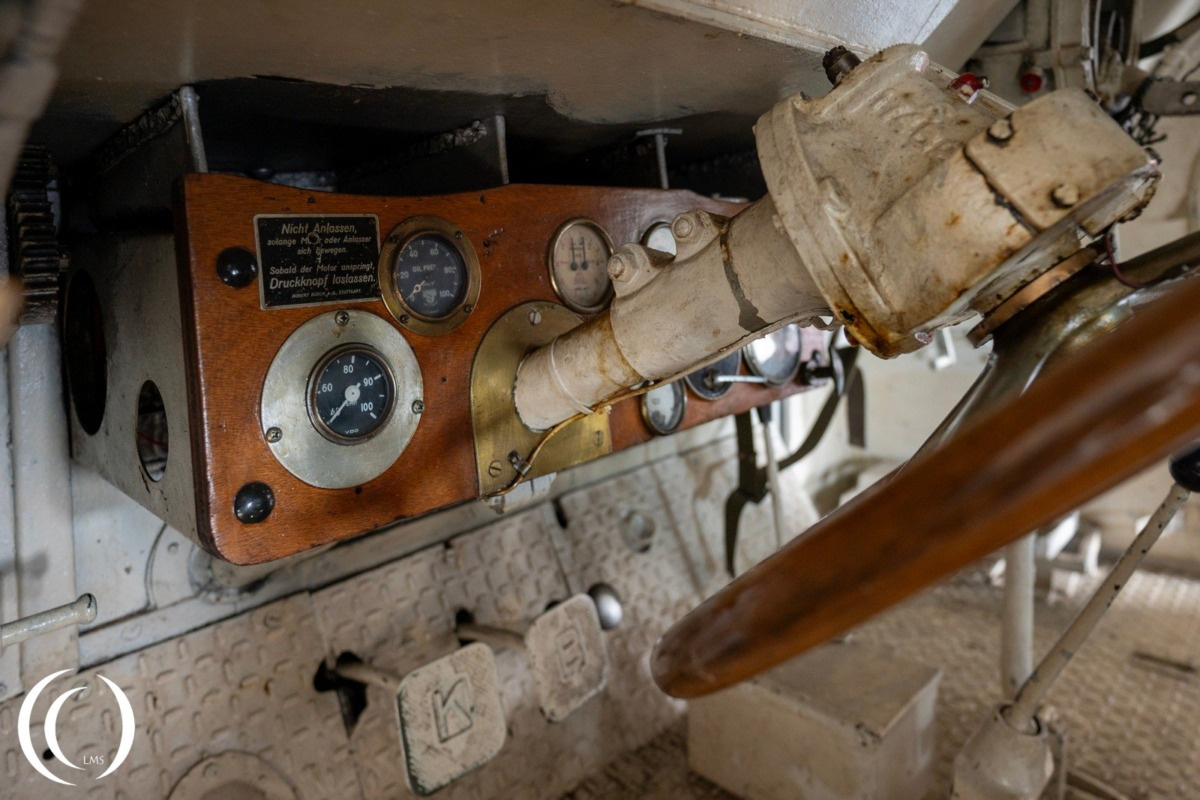

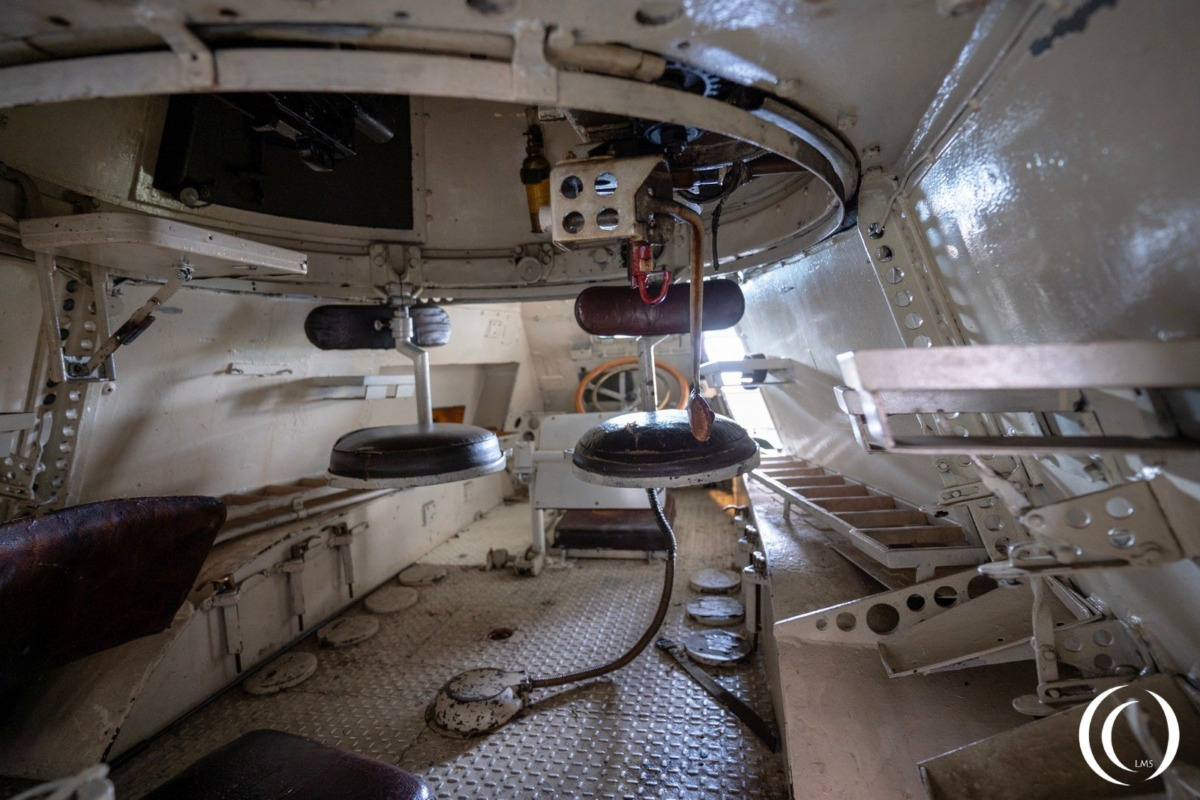
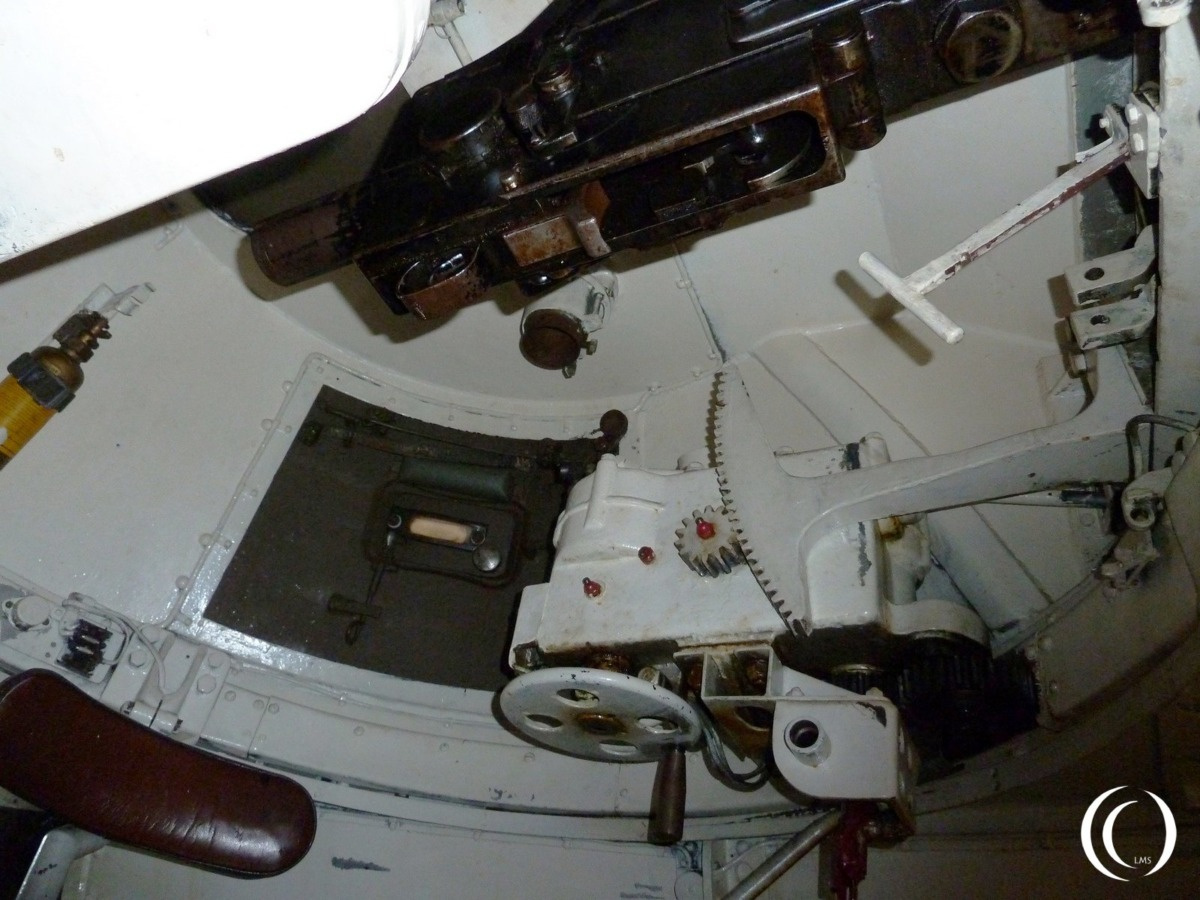
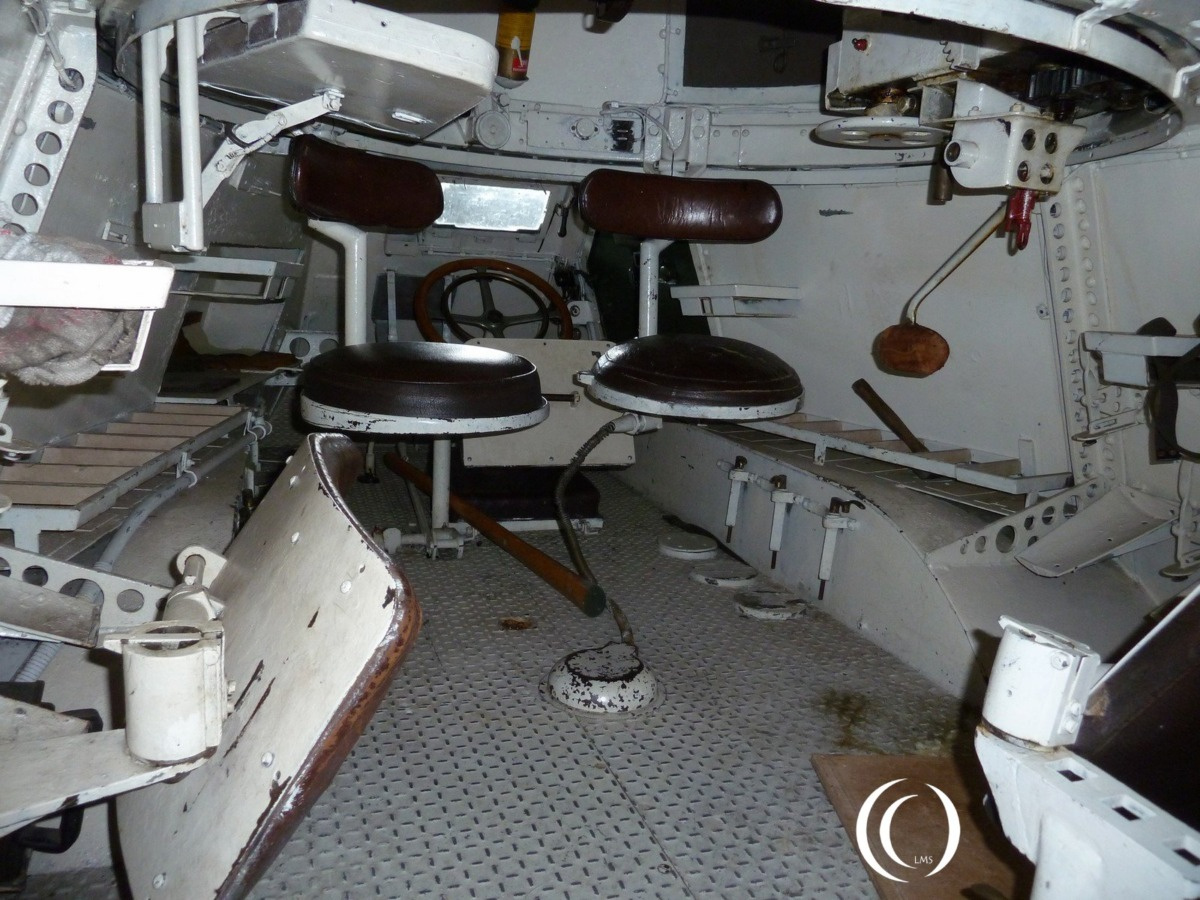

Specifications
The Landsverk L-180 / M38 was operated by a crew of 5. There was a commander, driver, gunner, artilleryman and loader. The vehicle is 5.86 meters long, 2.24 m wide and 2.28 m high and weighs 7825 kilograms. Powered by the Büssing-NAG L8V, V8-cylinder on petrol. It had a top speed of 80 km/h and an operational range of 288 km. The armored parts had a thickness varying from 5 to 15 mm, 5 mm on the side and rear, 9 mm on the front and 15 mm on the turret, therefore resistant to machine guns and light caliber weapons.
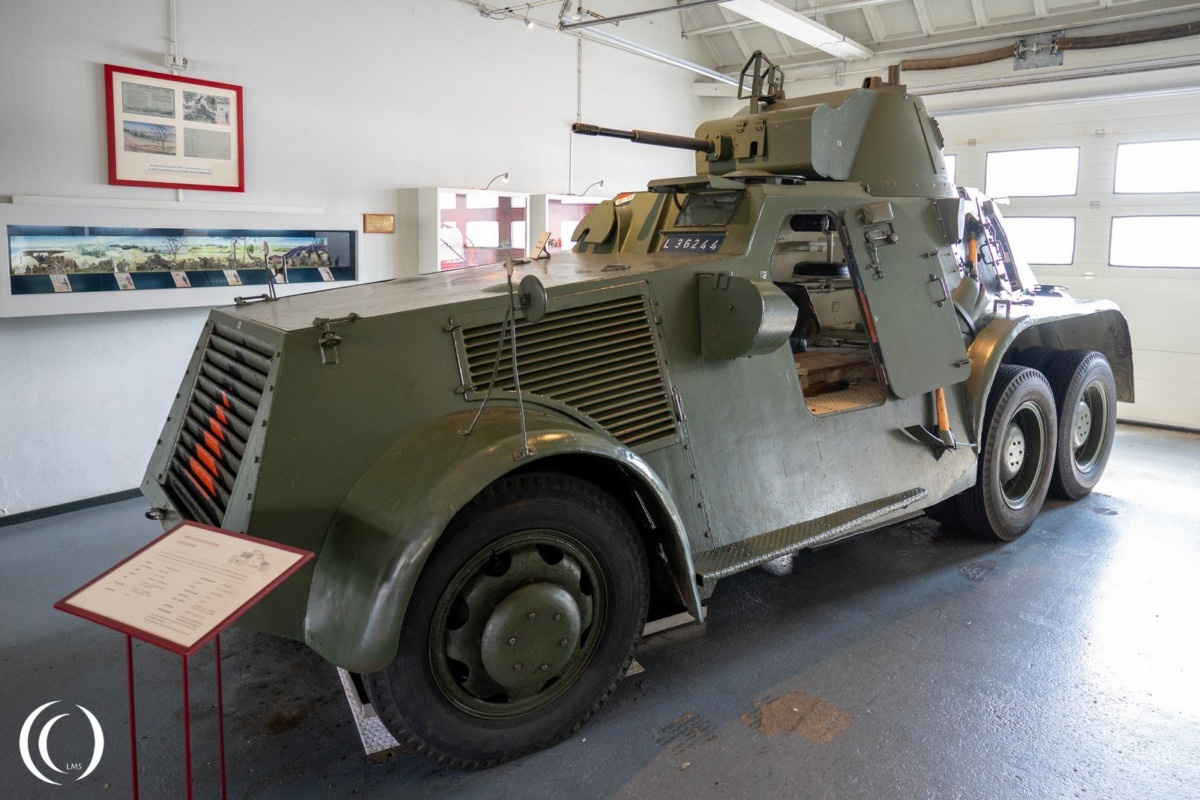
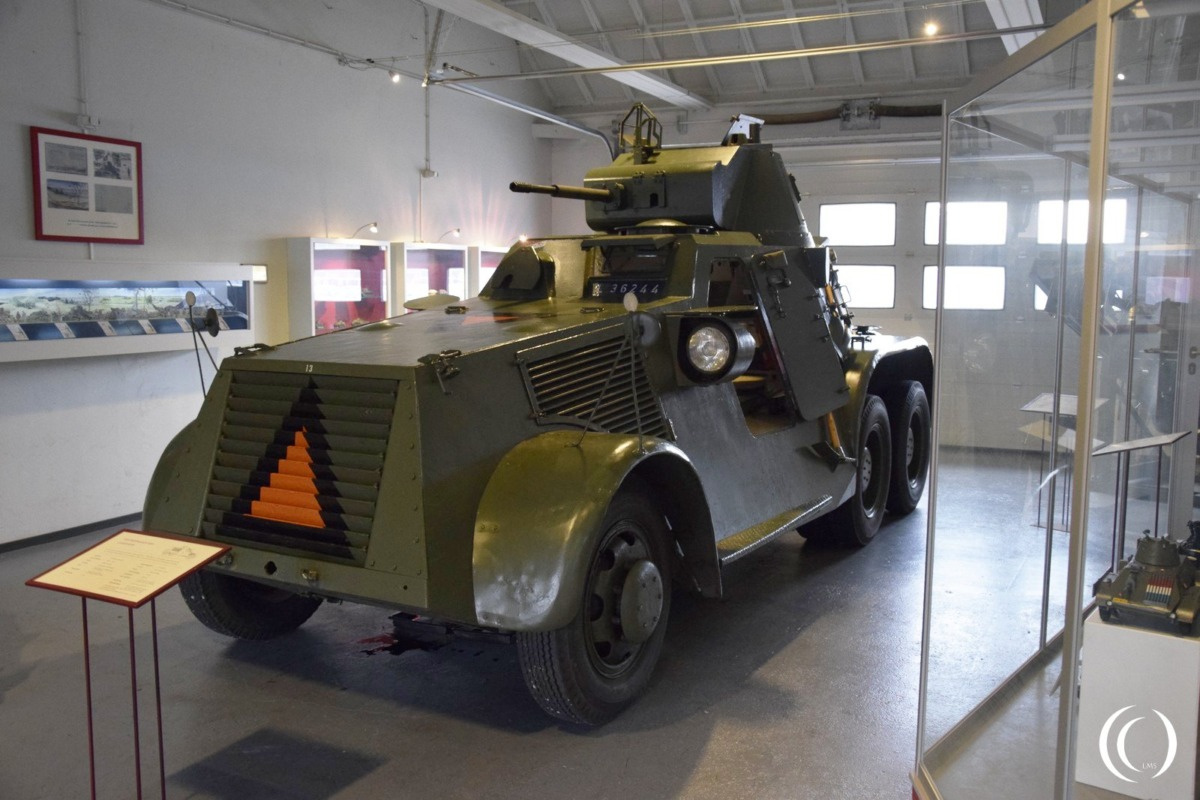
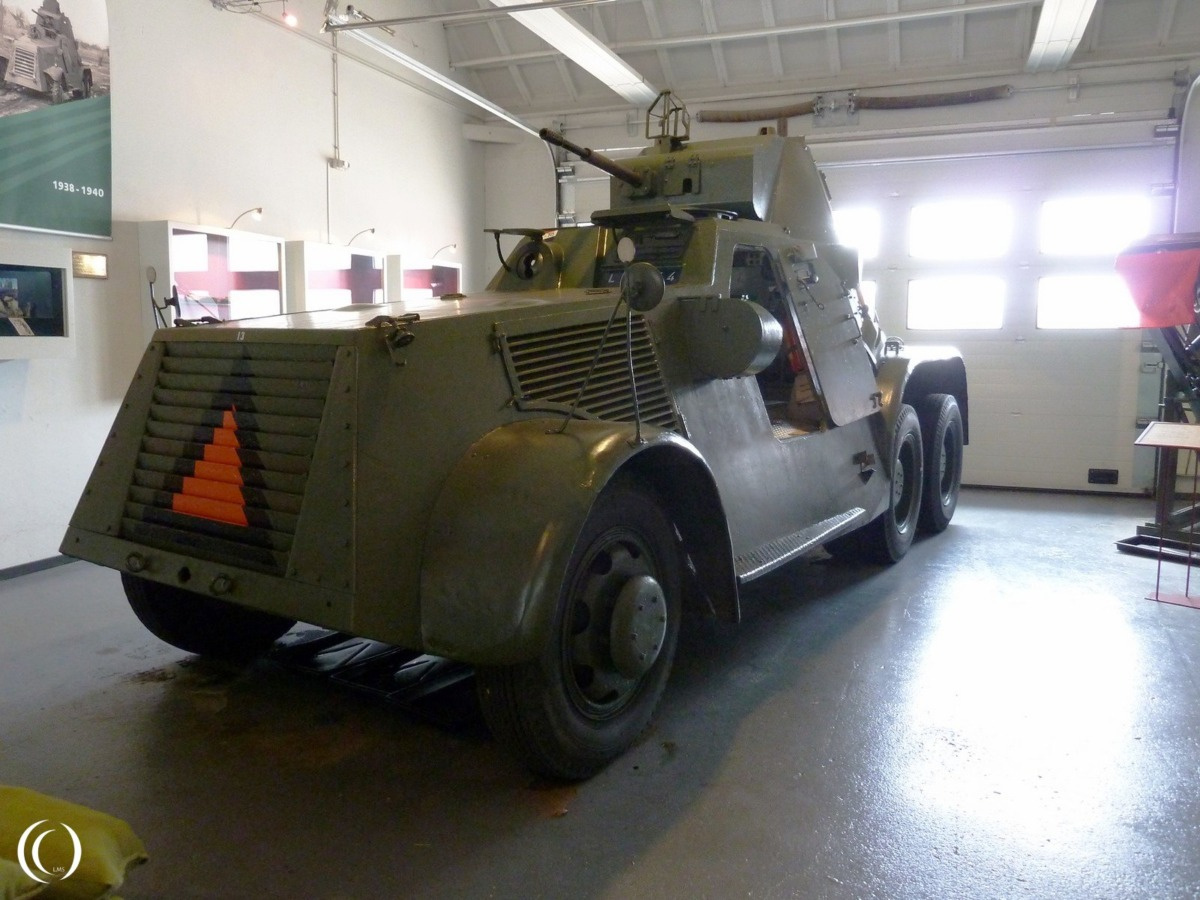
Like the 8-wheeled Sd.Kfz. 231, the Landsverk had the option of being driven in reverse by a second driver, i.e. there were two steering wheels. The backwards machine gun was removed and the steering wheel placed on its column, after which the second driver took control of the vehicle. In reverse, the M38 had a maximum speed of 40 km/h.
Originally the M36 and M38 had rubber wheels with a profile that could fit a short track. These tracks over the two rear wheels provided more grip off road.
Bofors 37 mm gun

Originally the M36 and M38 were equipped with a 37 mm gun. It was a semi-automatic gun that had to be reloaded manually after each shot. Bofors let other European countries make their weapons under license but the Bofors 37 mm in the Landsverk / M36 / M38 were originally Swedish weapons.
The Bofors 37 mm was an anti-tank gun with a barrel length of 1.6 meters. The effective range was 4000 meters, and the maximum range was 6500 meters. The 74 kilogram projectile could penetrate armor of 29 to 52 mm at a distance of 1000 meters, depending on its type.
This may not seem like much but looking at the German Panzerkampfwagen III that Germany was using during the invasion of the Low Countries (Belgium, the Netherlands), the newest type (Panzerkampfwagen III Ausf. F) had a front and side armor of 30 mm and 20 mm at the rear. It had a main armament of 3.7 cm just like the M38 (the 5 cm gun was added to the Panzer III in July 1940, by which time the Netherlands, Denmark and Belgium were already under German command). So it was quite possible that an armored M38 could take out a Panzer III on the battlefield with its own Bofors 37 mm gun.

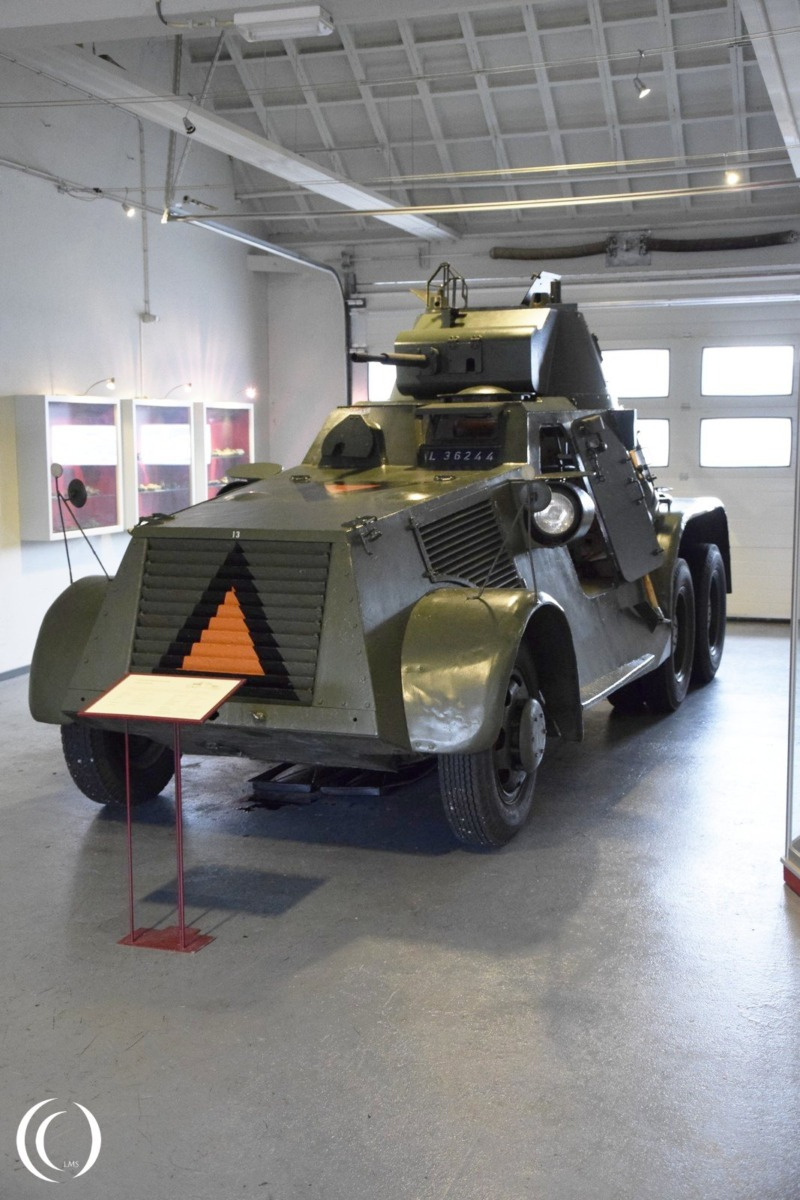
Two squadrons of M36 & M38 armored cars were set up in the 1930s with their corresponding uniforms.